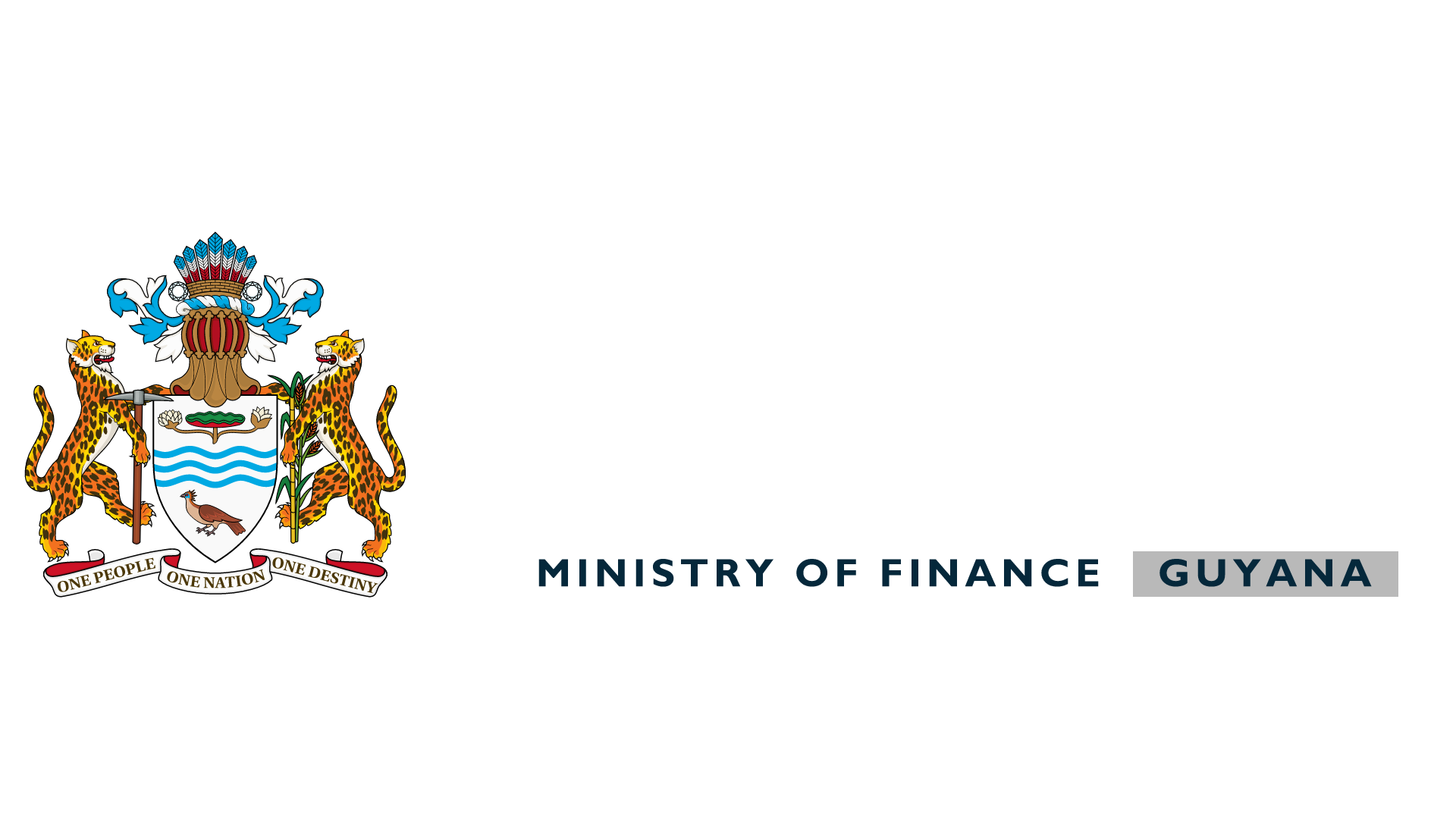-one of the Caribbean countries which contained inflation to single digits-lower than many countries in the world
Georgetown, Ministry of Finance, January 7, 2023: As the global economy confronts high levels of inflation, the economies of the Caribbean, including Guyana, have recorded low inflation rates due to direct action to keep prices from rising. In its December 2022 quarterly issue of its ‘Caribbean Economics’ publication, the Inter-American Development Bank (IDB) has listed some of the measures taken by Guyana and other Caribbean Governments to stem inflation and assist their economies to grow despite external shocks and higher commodity prices on the world market. Some of the challenges these countries faced and alluded to in the report were the War in Ukraine, higher oil prices which resulted in higher fuel prices and of course, the Covid-19 recovery period. “Just as Caribbean economies are emerging from the sharp recessions associated with the COVID-19 pandemic, a confluence of external shocks now complicates the recovery…the current global context of high commodity prices affects countries differently, depending on whether they are mainly commodity importers or exporters”, the IDB stated.
As the People’s Progressive Party/Civic (PPP/C) continues to confront the challenges posed by global events, including supply chain disruption, the Russian invasion of Ukraine and the lingering COVID-19 pandemic, a suite of measures were implemented to ease the cost of living and contain the rising prices.
The report noted that in addition to the Guyana Government’s interventions to absorb the increased costs on commodities such as fuel (as a result of higher prices on the world market) by reducing Excise Tax on fuel from 20 to 10 percent in January, 2022 and then to zero in March of the same year as well as absorbing the additional operating costs on electricity and water tariffs, the IDB noted that the Government also intervened by allocating US$4.8 million for the purchase and distribution of fertilizer to farmers to reduce operating costs, distributing US$ 3.8 million in the form of one-time cash grants for households in the rural interior and riverain communities (US$120 per household) and through its public assistance payments to vulnerable populations by increasing these payments from US$57 to US$67 per person per month, benefitting approximately 18,000 people. ‘The payments were later expanded to provide lifelong support for people with permanent disabilities’, the report added. It also referenced the Old Age Pension which ‘benefitted approximately 65,000 senior citizens and which saw a series of increases that brought it from a monthly payment of US$98 in 2020 to US$134 in 2022’.
The IDB report went on to note that ‘price shocks have also inspired regional leaders to promote longer-term regional solutions to the dependence on imports from outside the region and also alluded to CARICOM’s 25 by 2025 Initiative (led by Guyana’s President under his portfolio responsibility in CARICOM) which has the aim to reduce food import dependence by 25 percent by 2025 adding that this promising objective could be achieved through a combination of increased domestic production and enhanced regional trade. It then used an example of such as the notable regional collaboration of ‘the Saint Barnabas accord signed by the governments of Barbados and Guyana in July 2022.
The Government of Guyana continues to proactively monitor, review and put into action, measures to ease the burden on its most vulnerable citizens.
